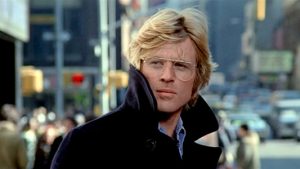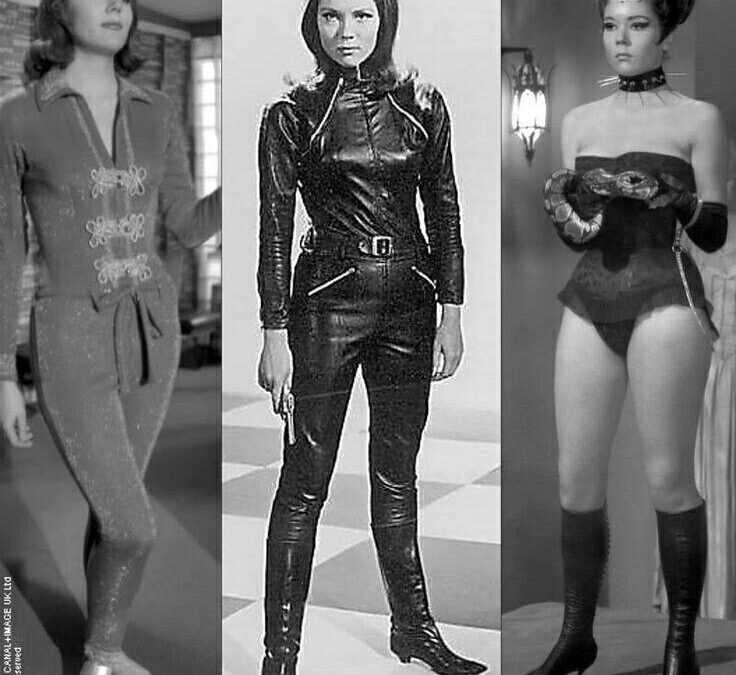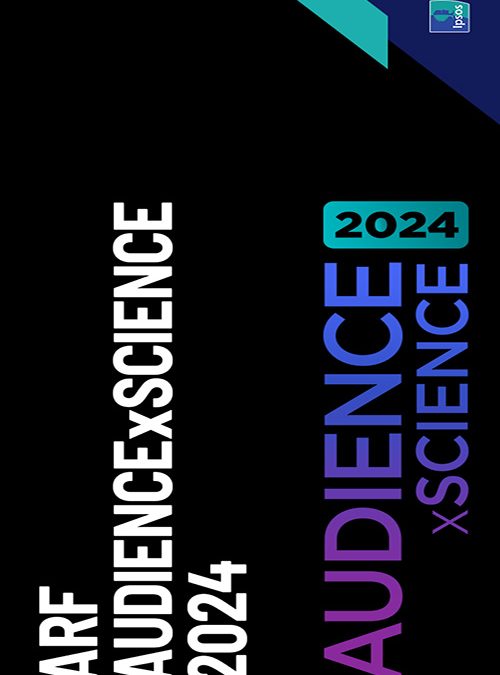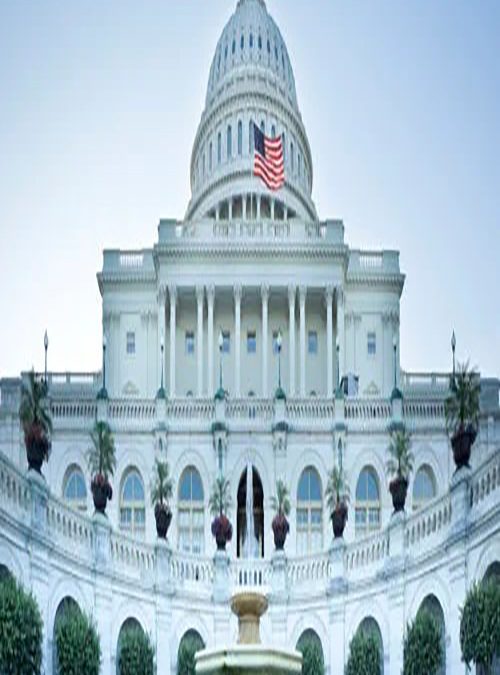Continuing in its mission to educate the public about the importance of seeing films as they were originally released, the Artists Rights Foundation presented a special screening of the 1975 thriller “Three Days of the Condor ” on April 19. The program, which was held at the Directors Guild, was presented in association with the Directors Guild of America, the Writers Guild of America–west, the International Photographers Guild, the American Society of Cinematographers and the Screen Actors Guild. It was the first opportunity for many in the audience to see the film in its original form in more than two decades. It was the first time for many to see “the whole picture.”
 Michael Apted, ARF Charter Founder and director of “Thunderheart” and “Gorillas in the Mist,” among other films, gave the opening remarks and introduced the film. Apted filed suit in California to have his credit as director removed from a televised version of “Thunderheart” that had nearly 30 minutes cut from the original 2-hour theatrical release. Apted won the right to have his name removed, but could not prevent the edits to fit television time slots.
Michael Apted, ARF Charter Founder and director of “Thunderheart” and “Gorillas in the Mist,” among other films, gave the opening remarks and introduced the film. Apted filed suit in California to have his credit as director removed from a televised version of “Thunderheart” that had nearly 30 minutes cut from the original 2-hour theatrical release. Apted won the right to have his name removed, but could not prevent the edits to fit television time slots.
Following the screening of “Condor,” several of the film’s original artists gathered on stage to discuss the making of the movie and answer questions from the audience.
Sydney Pollack, the film’s director was joined by Owen Roizman, ASC, the film’s cinematographer; George DeTitta, set designer; Cliff Robertson and Hank Garrett, actors; and the author of Six Days of the Condor, the book upon which the film was based, James Grady. Nick Clooney, host of American Movie Classics (AMC), moderated the discussion. David Rayfiel, who wrote the screenplay, was unable to attend, but sent some remarks, which were read by Clooney. After the discussion, each participant shared his memories on the collaboration in making the film, then answered questions from the audience.
When asked if he had made a conscious choice not to use music during the scene when “Condor” discovers his co-workers have all been assassinated, Pollack explained how he had decided that not using music would add to the impact and suspense. When James Grady was asked how he felt about the departures the film made from his original story, he detailed the differences in plot, but added that he had been very pleased with the film and how the changes seemed quite timely in light of some of the major events that were taking place in society, most notably, the energy crisis.
Rayfiel’s comments specifically addressed the issue of the changes made from Grady’s book. Though the original story and adaptation by screenwriter Lorenzo Semple Jr. had been changed from centering around heroin smuggling to oil, he explained that there would have been no “Condor” without a guy going to lunch and coming back to find everyone dead. And that came straight from Grady’s novel and Semple’s screenplay.
“For me,” said one Foundation member present at the screening, “it was amazing to sit in the theater and look over my left shoulder and watch Sydney Pollack watching his own work on screen and then to have the opportunity to ask him about it. I’d seen the movie two or three times on television, but this was like seeing the movie for the first time.”
Originally, the film was released to theaters in 1975 in anamorphic — a format with an aspect ratio that is very rectangular — almost two and a half times as wide as it is tall. The film was subsequently sold to the television and video markets where each frame was cropped by more than 50 percent to format the picture to fit the squarish television screens (a process referred to as “panning and scanning”). Pollack objected to the broadcast of the film in this version in a lawsuit in Holland that was filed by the Danish Directors Guild and supported by the Artists Rights Foundation. He explained in his testimony how he had filled each frame with information that was vital to the viewer to either provide clues to the action or to add to the feeling of paranoia he was trying to create. The cropped version undermined these efforts. Airing the film in a letterboxed format would allow television viewers to see the entire frame.
“If you only run a panned and scanned version, people will normally think it works,” Sydney Pollack said in an interview last year. “But once they are shown the whole image, it becomes clear that they are being cheated by missing so much essential information.”
As was the case for the screening the Foundation presented at the Hampton’s Film Festival in New York in October, free tickets were made available to Foundation and associated guild members on a first-come, first-served basis. The event, which was held in conjunction with the Los Angeles Independent Film Festival, sold out and was attended by more than 500 people. Among those in attendance were the daughter and three grandchildren of Stanley Schneider, the film’s producer.
“Three Days of the Condor” received an Oscar nomination in 1975 for Best Editing, and was a Dino De Laurentiis Production for Paramount.
ARF would like to thank Mirage Enterprises, the Academy of Motion Pictures Arts & Sciences film archives and Paramount Pictures for their assistance in providing and granting permission for the film’s use.





